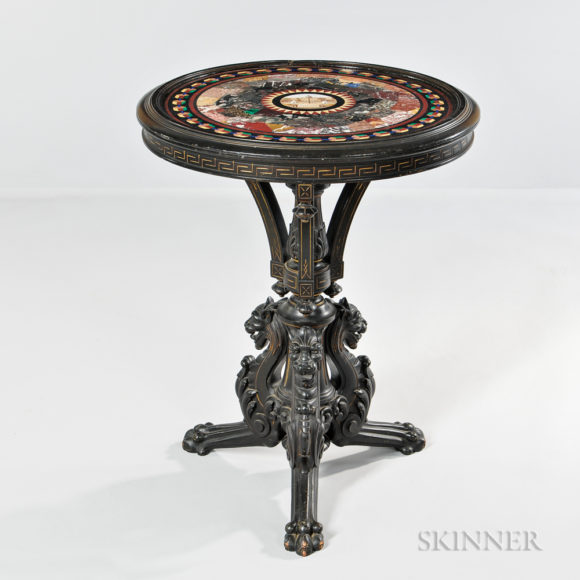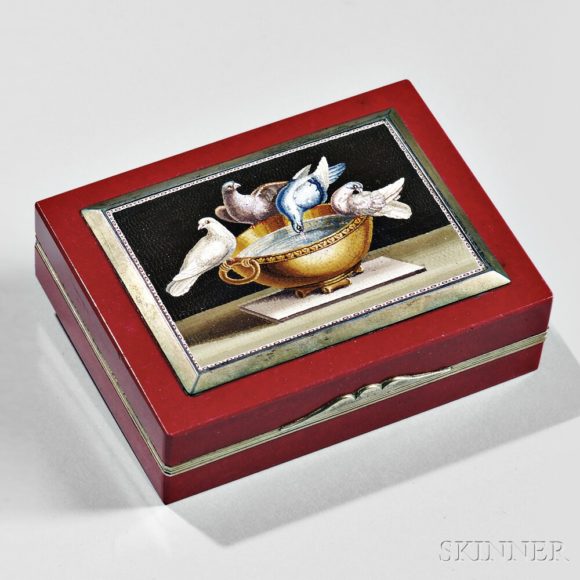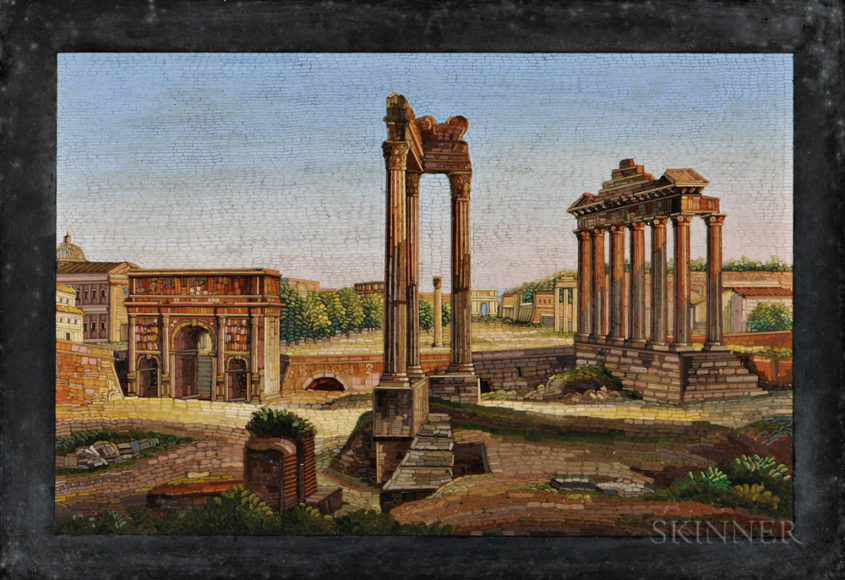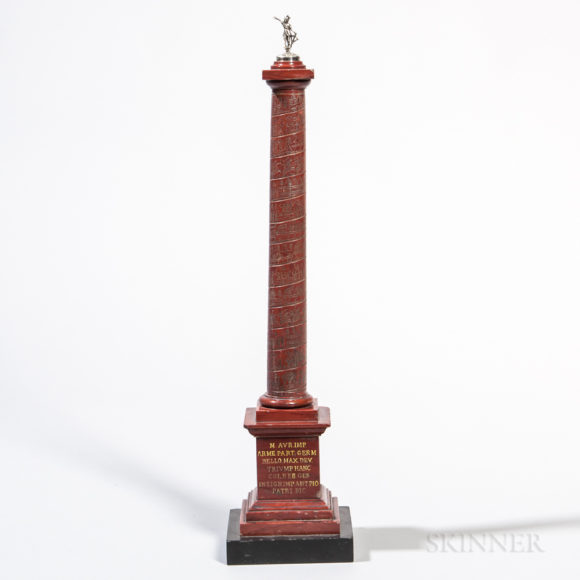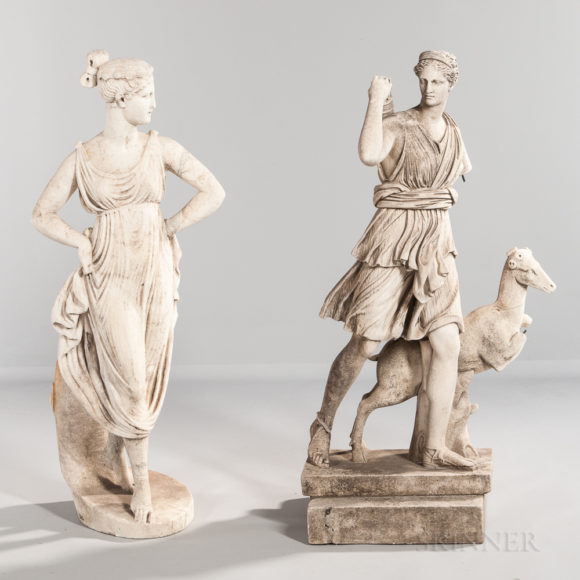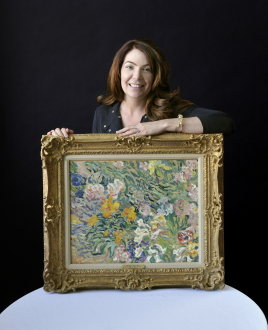Today the word “globalism” most often refers to economic ties. But modern-day cultural globalism could be said to have started in the 17th century with the Grand Tour. For well-to-do young men, and much later for a few adventurous, young women, this long journey from Paris to Pompeii was literally a rite of passage.
When gentlemen — mostly English but also some wealthy Northern Europeans and even a few Americans — came of age at 21, it was the fashion to set off on a leisurely tour of Western Europe. The expensive jaunt usually included stays of a couple of months in Paris, Venice, Florence and Rome, with shorter visits to other cultural highlights.
The stated reason for the tour was exposure to the art and architecture of classical antiquity and the Renaissance and familiarity with the manners and philosophy of some of Europe’s major powers. (In addition to palaces, parades and politics, there was also usually attention to another “p.” Firsthand study of Continental prostitutes was an accepted element of a fashionable man’s education, too.)
At least until the mid-19th century, when travel by ship and train became fast, affordable and safe, the typical Grand Tourist traveled with a tutor or guardian and frequently a private coach, valet and other servants.
The young man was often preparing for a career as a diplomat or a politician. He was expected to return home with useful social connections and a smattering of foreign languages and literature, especially French and perhaps Italian. He was also encouraged to acquire tangible evidence of his newly minted connoisseurship.
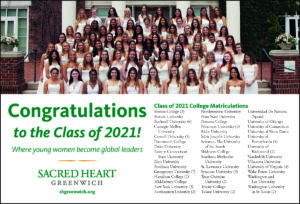
Many of these privileged milordi (the Italian term for these rich tourists) really were, or eventually would be, lords. Therefore, another purpose of the Grand Tour was to return home with paintings, sculpture and antiquities to display in their ancestral homes. The trip was a great “shopportunity,” and the souvenirs greatly influenced Britain’s fine and decorative arts.
The heyday of the Grand Tour was also the height of the classical revival. Excavations at Pompeii and Herculaneum were must-see tourist sites starting in the 1740s. Greco-Roman architecture had achieved new popularity with the work of Andrea Palladio (1508-80) and the publication of books and prints depicting the ancient world. Coins and vases, statues and architectural fragments, mosaics and paintings poured into English homes and were widely admired.
Those who had taken the Grand Tour brought back both originals and copies made specifically for the tourist trade. Less adventurous and less well-to-do people could buy domestically produced versions of coveted antiquities.
The neoclassical style popularized by the Grand Tour and its souvenirs dominated the applied and decorative arts of the 18th and early 19th centuries. Artisans like Josiah Wedgwood created flourishing industries of classically influenced ceramics. In Europe and also the Americas, designers, architects and furniture makers produced textiles and wall coverings, chairs and tables and, in the case of Washington, D.C., whole buildings that recalled “the glory that was Greece and the grandeur that was Rome,” to borrow from Edgar Allan Poe.
Now with the end of travel restrictions in sight, people are busy booking flights and planning road trips. We’re dusting off our bucket lists and making up for lost time. Like the Grand Tourists, we’ll return with happy memories, lots of pictures and, of course, souvenirs to help recall our adventures and make our homes and our selves more alluring.
For more, contact Katie at kwhittle@skinnerinc.com. Or 212-787-1114.

